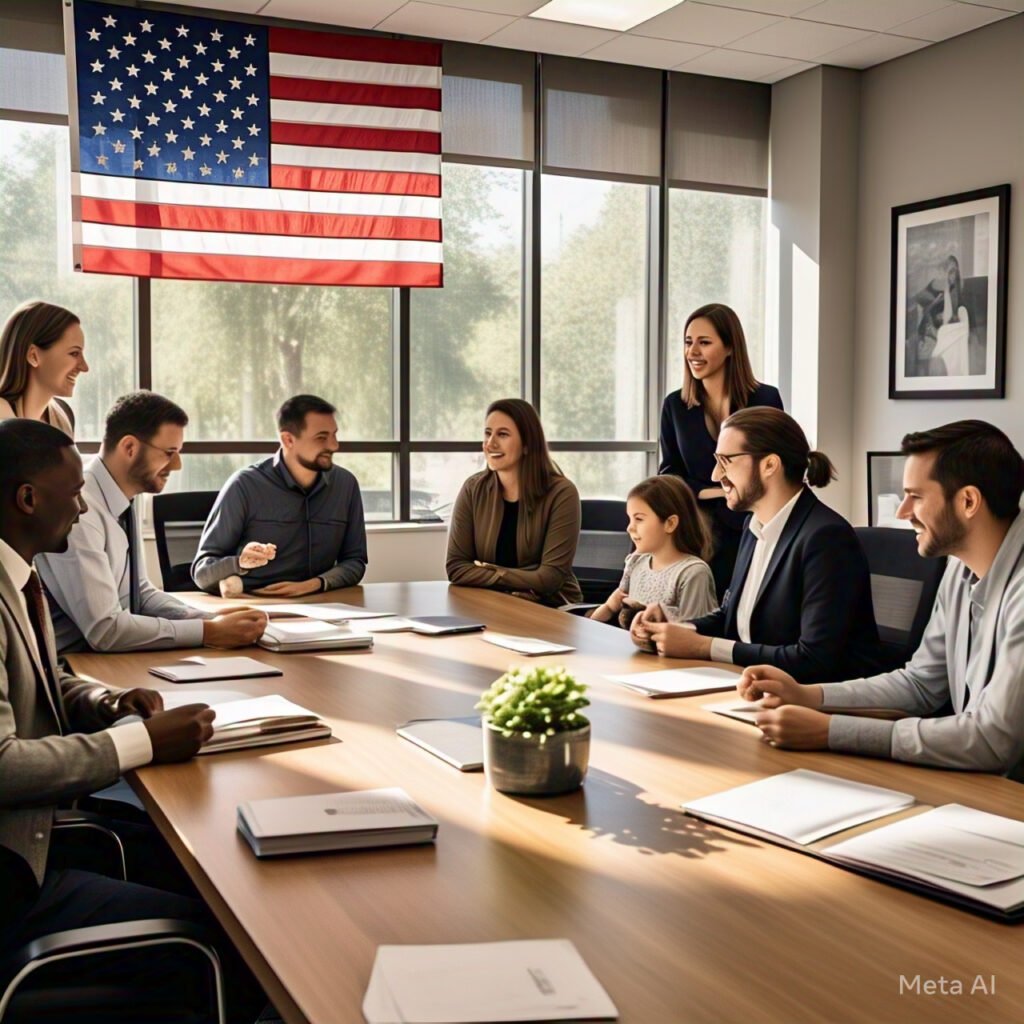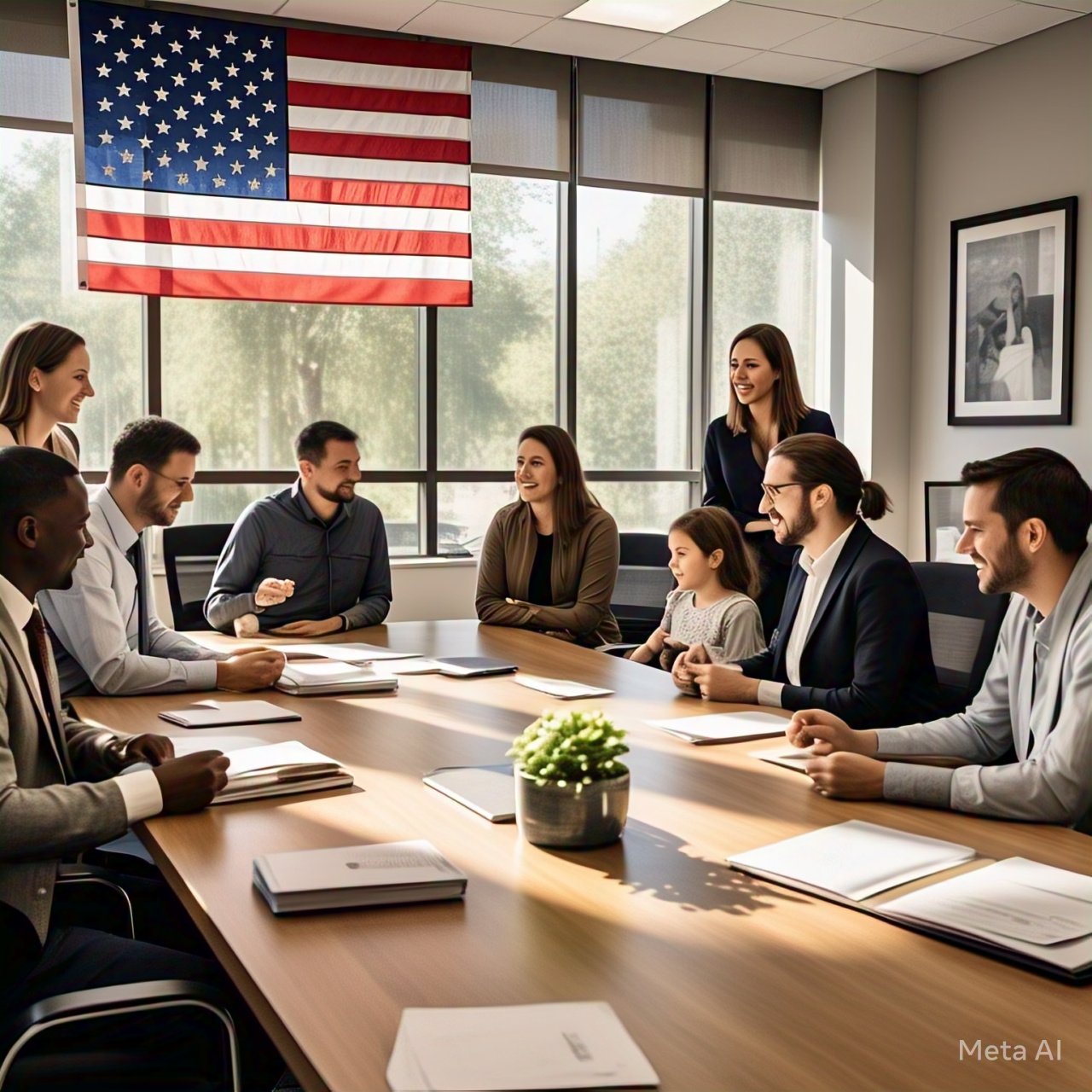Embarking on the journey toward obtaining a U.S. Green Card can be both exciting and daunting. Whether you’re applying from within the United States or abroad, understanding every step of the process is essential. This comprehensive guide provides up-to-date information, valuable insights, and practical tips on the Green Card application process. By breaking down the eligibility criteria, application steps, common hurdles, and key factors, we aim to empower you with the knowledge you need to succeed. Read on for a detailed look into the Green Card process, along with expert advice and professional assistance opportunities.

Table of Contents
Introduction to Green Card Application
A Green Card (officially known as a Permanent Resident Card) is a critical document that grants an individual lawful permanent residency in the United States. It not only provides the ability to live and work in the U.S. permanently but also opens up a pathway toward U.S. citizenship.
Key Points:
- What is a Green Card?
A document that proves your status as a lawful permanent resident, enabling you to live, work, and study in the U.S. - Benefits of Holding a Green Card:
Access to employment opportunities, social security benefits, educational advantages, and eventual eligibility for U.S. citizenship. - Who Should Consider Applying?
Individuals looking for long-term stability in the U.S., including family members of U.S. citizens, skilled professionals, and winners of the Diversity Visa Lottery.
Eligibility Criteria
Understanding the eligibility criteria is the first step toward a successful Green Card application. Various categories determine your eligibility:
Categories:
- Family-Sponsored:
Immediate relatives of U.S. citizens and lawful permanent residents. - Employment-Based:
Professionals with specialized skills, advanced degrees, or extraordinary abilities. - Diversity Visa Lottery:
Applicants from countries with historically low immigration rates to the U.S. - Asylum or Refugee Status:
Individuals seeking refuge due to persecution. - Special Immigrant Categories:
Including certain religious workers, juveniles, and others.
Key Factors Influencing Eligibility:
- Relationship to a U.S. Citizen or Employer:
Documentation and proof of familial or professional ties. - Country of Origin:
May affect processing times due to visa availability. - Current Immigration Status:
Adjustment of Status for those already in the U.S. versus Consular Processing for those outside the country.
For more detailed guidelines, the USCIS official website provides comprehensive resources.
Where and How to Apply
Knowing where and how to submit your application is crucial for avoiding delays or mistakes.
Application Methods:
- Adjustment of Status (AOS):
For applicants already residing in the U.S. on a temporary visa. This process is handled directly by the United States Citizenship and Immigration Services (USCIS). - Consular Processing:
For applicants outside the U.S. The application is processed through a U.S. embassy or consulate in your home country.
Where to Submit:
- For AOS:
File your forms directly with USCIS at their official portal. - For Consular Processing:
Contact the National Visa Center (NVC) or your local U.S. embassy.
Each method has its own set of forms (such as Form I-485 for AOS or DS-260 for consular processing), fees, and supporting documents. More details on these processes are available on USCIS.gov.
Step-by-Step Guide to the Green Card Application Process
Below is a detailed breakdown of the typical steps involved in obtaining a Green Card:
1. Determine Eligibility
- Self-Assessment:
Review your personal circumstances and determine which category you fall under (family, employment, etc.). - Consultation:
Consider scheduling a consultation with an immigration attorney or a professional service like those offered on amglobal.org.
2. File the Correct Petition
- Forms and Documentation:
Depending on your eligibility category, you may need to file forms such as I-130 (family-sponsored), I-140 (employment-based), or I-485 (Adjustment of Status). - Submission:
Ensure you submit all necessary supporting documents (birth certificates, marriage certificates, financial documents, etc.) along with the form.
3. Wait for Visa Availability
- Priority Dates:
Some categories require you to wait until your priority date becomes current. - Visa Bulletin:
Regularly check the Visa Bulletin for updates.
4. Attend Biometrics Appointment
- Purpose:
To collect your fingerprints, photograph, and signature. - Preparation:
Bring the appointment notice and required identification.
5. Complete the Interview Process
- Interview Scheduling:
USCIS or the consulate will schedule your interview. - Preparation Tips:
Be honest, organized, and prepared with your documents. Consider reviewing common interview questions.
6. Receive the Decision
- Approval, RFE, or Denial:
After your interview, you will receive a decision. In some cases, you may receive a Request for Evidence (RFE) requiring additional documentation. - Next Steps:
Follow the instructions provided, whether it’s submitting further evidence or preparing for an appeal.
7. Receive Your Green Card
- Final Steps:
Upon approval, your Green Card will be mailed to your address. - Post-Approval:
Understand your rights and responsibilities as a permanent resident.
Sample Process Timeline Table
| Step | Estimated Time Frame |
|---|---|
| Eligibility Determination | 1-2 Weeks |
| Filing Petition | 1-3 Months |
| Visa Availability Waiting | Varies by category/country |
| Biometrics Appointment | 1-2 Months after filing |
| Interview Process | 2-4 Months |
| Final Decision | 1-2 Months post-interview |
Note: These timelines are approximate and may vary based on individual circumstances and processing center backlogs.
Common Hurdles & Challenges
While the Green Card application process is straightforward, several challenges may arise:
Frequent Issues:
- Long Processing Times:
Delays are common due to backlogs or changes in immigration policies. - Insufficient Documentation:
Missing or incorrect documents can lead to delays or denials. - Request for Evidence (RFE):
Handling an RFE requires prompt and accurate submission of additional documents. - Security and Background Checks:
Comprehensive checks can add extra time to the process. - Complexities in Employment-Based Sponsorship:
Navigating employer requirements and documentation can be challenging.
How to Overcome These Hurdles:
- Thorough Preparation:
Double-check all forms and documents before submission. - Professional Guidance:
Consider hiring an immigration attorney or consulting a professional service—amglobal.org offers expert support. - Stay Informed:
Regularly check USCIS updates and the Visa Bulletin for the latest information.
Tips & Tricks to Smoothen the Process
Navigating the Green Card process can be less stressful with some insider tips:
Best Practices:
- Organize Your Documentation:
Keep copies of every form and supporting document. - Follow Up Regularly:
Monitor your application status via the USCIS online portal. - Prepare for the Interview:
Review common interview questions and ensure you understand your application details. - Respond Promptly to RFEs:
If you receive an RFE, gather the required documents as quickly as possible. - Consider Professional Help:
When in doubt, professional services from organizations like amglobal.org can be invaluable.
Additional Practical Tips:
- Keep Track of Deadlines:
Missing a deadline can significantly delay the process. - Stay Updated on Policy Changes:
Immigration policies may change; staying informed can help you adapt your application strategy. - Use Checklists:
A detailed checklist can ensure you don’t overlook critical steps.
Key Factors to Consider
Before diving into your Green Card application, consider the following key factors:
Important Considerations:
- Processing Time Variations:
These depend on your eligibility category, country of origin, and current immigration policies. - Financial Costs:
Fees for filing forms, attending biometrics, and legal consultations can add up. - Legal and Immigration Policies:
Keep abreast of any changes that might affect your application. - Maintaining Permanent Residency:
Understand the responsibilities of a Green Card holder, including renewal procedures.
External Resources:
- USCIS Official Guidelines:
Regularly updated, these guidelines are available at USCIS.gov. - Visa Bulletin Updates:
Stay current with the latest priority date information at the U.S. Department of State website.
Frequently Asked Questions (FAQs)
How long does the Green Card process take?
Processing times vary from several months to years depending on your category and individual circumstances.
Can I work while my application is pending?
Yes, many applicants can apply for work authorization while their application is being processed.
What if my petition is denied?
You may be eligible to appeal or reapply. Professional guidance is recommended for complex cases.
Do I need an attorney for the Green Card application?
While not mandatory, consulting an immigration attorney can help navigate complex situations and improve your chances of success.
How do I handle an RFE?
Respond promptly with the requested documentation and consider seeking professional advice to ensure accuracy.
Conclusion
The Green Card application process, though complex, is manageable with the right guidance and resources. By understanding your eligibility, preparing thorough documentation, and staying updated on policy changes, you can navigate the process more confidently. Whether you choose to apply independently or seek professional assistance, this guide serves as a solid foundation for your journey toward permanent residency in the United States.
Disclaimer
The information provided in this article is for informational purposes only and should not be construed as legal advice. Immigration laws and policies are subject to change. Always consult with a qualified immigration attorney or trusted professional before making decisions regarding your Green Card application.
Affiliate Disclosure
This article may contain affiliate links. If you click on a link and make a purchase, we may earn a commission at no additional cost to you. We only promote products and services that we trust and believe will add value to our readers.







